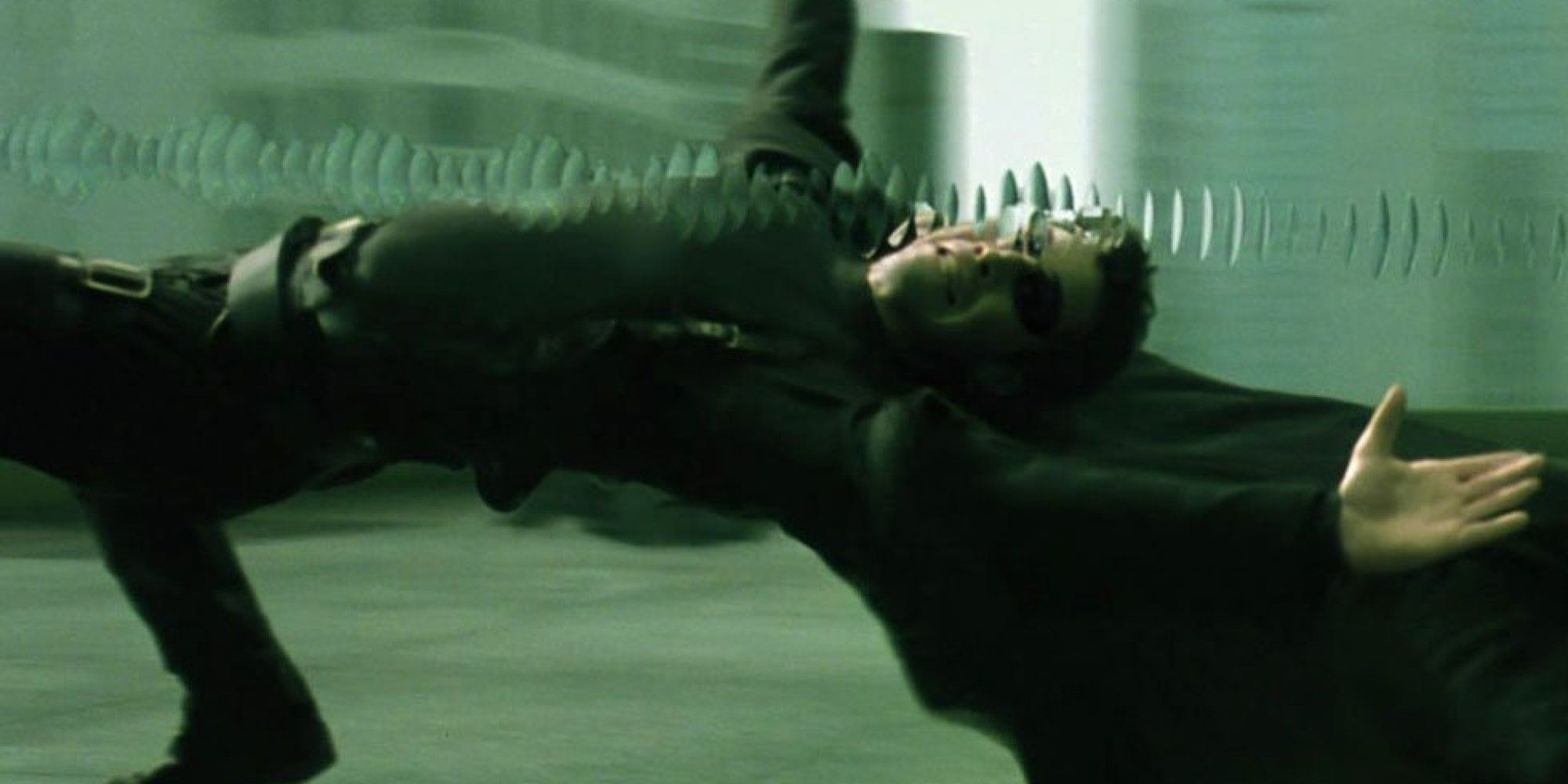
How to describe the visual uniqueness of a scene? How to give the idea of its specific power, when the way the situation enfolds on screen is intended to be visually original and unusual in terms of rhythm, point of view and editing? How do we do it without filling the page with camera directions, becoming overly technical and interrupting the flux and enjoyment of reading the script?
Here are three good examples.
You certainly remember the airport security scene from Up in the Air, where Ryan Bingham’s (George Clooney) familiarity with a nomadic lifestyle is introduced. Through a “musical” and vivacious cutting, we rapidly follow Ryan’s preparations and going through check-in and luggage controls.
Now, how is the peculiar editing of the scene suggested in Jason Reitman’s script? As you can see, it happens through a well chosen analogy referred to the character’s movements:

My second example comes from The Diving Bell and the Butterfly. How to explain the key fact that we are bound to the protagonist’s point of view – that we’ll see the events through his eyes, with a massive use of subjective camera angle?
Screenwriter Ronald Harwood goes straight to the point in just one sentence. As he introduces the main character, he says that Jean-Do and the camera are an item:

Finally, how would you say that, in The Matrix, when Neo’s superpowers flow in him, his movements are as fast as the speed of the bullets directed at him? How to say that, because of relativity theory (and because Neo “feels” how the trajectory has been programmed in the matrix), the projectiles and the entire situation should enfold in slow motion?
The Wachowski brothers condensed it all in one sentence, efficaciously counting on the imagination of the reader and on their ability to grasp what was implied:

So, the answer to our initial question is: keep it simple and make it beautiful.

Be First to Comment